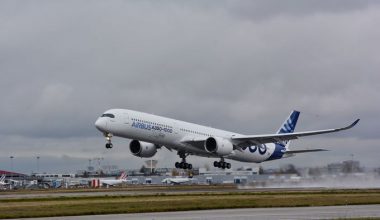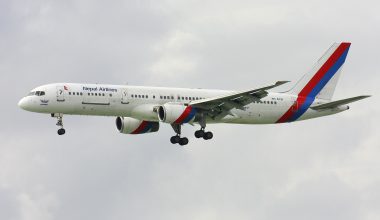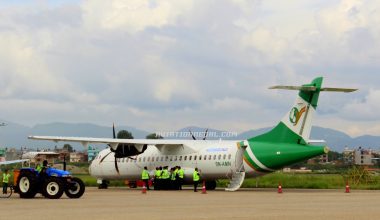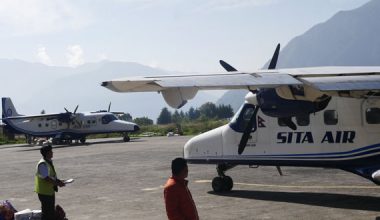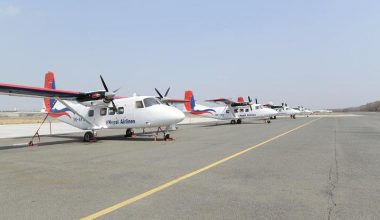A one day program on Aviation Safety challengers and TIA Capacity & Congestion was organized at Airport Hotel, Kathmandu on 20 August 2017. The program was conducted by Nepal Air Traffic Controllers Association (NATCA). This program was especially organized to nurture safety awareness, a key activity of safety promotion under safety management system, among aviation stakeholders of Nepal and the capacity for improving the capacity and Traffic congestion in Tribhuvan International Airport.
The two sessions were held at the one day seminar. The program was inaugurated on the presence of CAAN’s Delegate’s, Tribhuvan International Airport Director General, Secretary’s from Ministry of Culture, Tourism and Civil Aviation and along with the enthusiasts working in the current Nepali aviation industry and Nepali aviation professional. The seminar was focused on to describe the need, demand and current status of one and only international airport, management manpower in Nepal.
Air traffic controllers (ATCs) and pilots are bracing themselves for the upcoming peak travel season which begins in September as record high aircraft movements have been projected. They are particularly concerned by potential long delays and holds at severely congested Tribhuvan International Airport (TIA) which may negatively impact safety. The country’s sole international airport has been strained to capacity, and delays and holds have become customary.
“We seem to be putting ourselves in a chaos situation again,” said Captain Rabindra Dangol, general secretary of the Nepal Pilots Association, speaking at a seminar entitled Aviation Safety Challenges in Nepal & Way Forward and TIA Capacity Congestion.
The September-November period is Nepal’s peak tourist season, which accounts for as much as 35 percent of the year’s total tourist arrivals. In addition, autumn is Nepal’s main festival season when thousands of migrant workers and other Nepalis living abroad return home to celebrate Dashain and Tihar with their families.
During the peak season, TIA normally handles at least 420 flight movements (including 100 flights by foreign carriers) daily, a twofold jump from five years ago. The increase in aircraft movements has resulted in severe traffic congestion, and TIA lacks adequate parking bays.
This autumn, the traffic situation is expected to be especially busy, according to ATCs and pilots. Flight movements are expected to swell to more than 500 daily, they said. The country’s domestic aviation industry has received 10 new aircraft this year, but there is no space to park them.
At the same time, tourist arrivals to Nepal jumped 41.50 percent to 460,237 individuals in the first half of 2017, raising expectations that the total figure will hit the 1-million mark by the end of the year.
There were many examples of countries that have capped growth to ensure safety. “The decision is not going to be popular, but ultimately it will enhance safety.” However, the concerned authorities do not want to take action, and the aviation sector has been left at the mercy of god, he added. “We should realize that a mistake made in a second can damage the industry’s image for a decade.”
An increase in aircraft traffic has also increased the workload and pressure of ATCs. “We have been doing extra work due to a shortage of trained manpower. Many ATCs have been forced to miss training programmers because of their hectic schedule and work load,” said an ATC.



